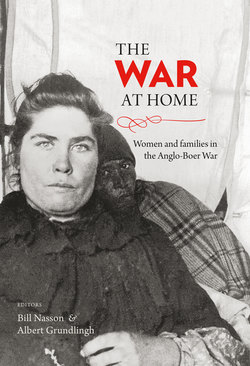Читать книгу The War at Home - Helen Bradford - Страница 8
На сайте Литреса книга снята с продажи.
ОглавлениеWHEN THE FIRST SHOTS OF THE ANGLO-BOER WAR were fired on 12 October 1899 at Kraaipan, south of Mafeking, neither the Boers nor the British could have foreseen the extent of the damage that this war would cause. By May 1902, thousands of hectares of land had been destroyed, thousands of inhabitants of the former Boer republics were displaced and thousands more had died. In addition to the carnage on the plains and koppies, the scorched-earth policy and the concentration camps left a deep scar on the physical and psychological landscape of South Africa.
Most of the concentration camps, established by the British from the second half of 1900, were in the two Boer republics, the Transvaal and Orange Free State, but there were also large camps in Natal and the eastern Cape. Towards the end of the war, there were around 50 camps for white civilians and 64 for black civilians. More than 4 000 Boer women and approximately 22 000 children died in the camps. Although there are no precise figures, it is estimated that between 15 000 and 20 000 black people, again mostly children, died in the black camps. All in all, it is likely that more than 40 000 people lost their lives.
What were the direct and indirect reasons for establishing concentration camps? Was the camp system an inevitable consequence of the war, or could it perhaps have been prevented? To what extent did the scorched-earth policy comply with the contemporary rules of civilised warfare? These questions will be explored in this chapter.
